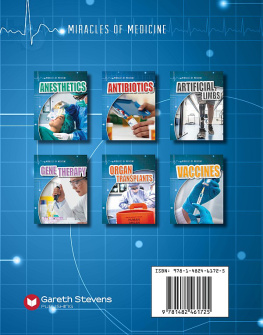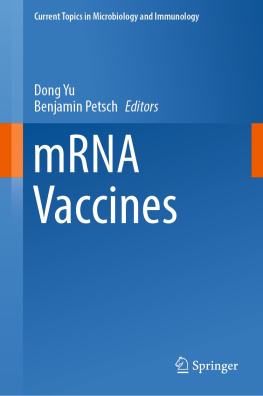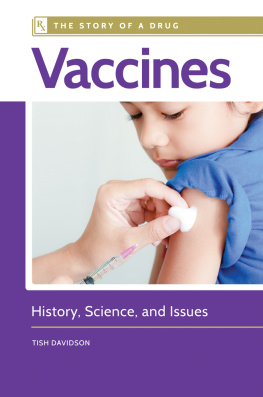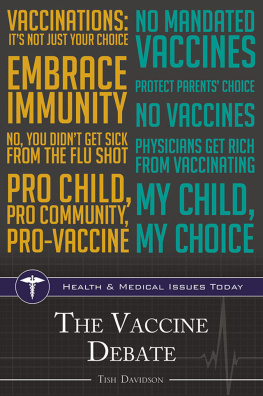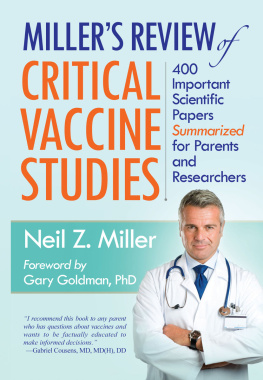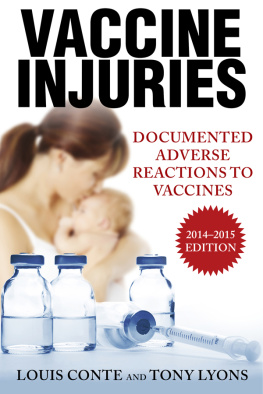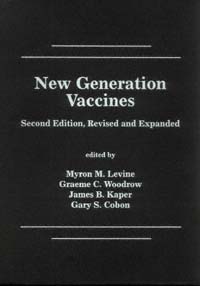| The second edition of New Generation Vaccines appears at a propitious time, two centuries after Edward Jenner initiated the dawn of vaccination in 1796 by demonstrating that inoculation with material from cowpox lesions induced protection against smallpox. Indeed, as the 20th century comes to an end, vaccines are now recognized as among the most cost-effective preventive measures available in modern medicine's armamentarium. With aggressive use of vaccines, smallpox has been eradicated globally, poliomyelitis regionally, and measles has been brought under control worldwide. Moreover, the tools of modern biotechnology make it within the realm of possibility to prepare candidate vaccines against almost any infectious disease, as long as sufficient resources are committed. In this second edition, we acknowledge the arrival of vaccinology as a discipline that has come of age. |
| A global picture of public health interventions with vaccines is depicted in two chapters in this second edition, one documenting the triumphs of the Expanded Programme on Immunization and the other describing international disease eradication and disease control efforts. In other chapters, the painstaking stepwise process by which candidate vaccines move progressively from Phase 1 and 2 clinical trials to Phase 3 and 4 trials is discussed. |
| We have attempted to provide reviews of the fundamental advances in immunology and biotechnology that constitute the underpinnings to vaccine development. Many chapters offer illustrative examples of vaccine candidates representing the application of state-of-the-art biotechnology. However, it is also clear that technologies gain and lose popularity, with some succeeding and others disappearing. For instance, notably absent are examples based on the use of antiidiotypic antibodies, and there are few examples of synthetic peptide vaccines, indicating how enthusiasm for these technologies has dissipated since the first edition. In contrast, live-vector vaccine technology has matured, and therefore considerable attention is paid to the use of vaccinia and attenuated Salmonella live vectors. Multiple examples of antigen delivery systems such as polylactide/polyglycolide microspheres, liposomes, cochleates, and virus-like particles are contained in this edition. A very popular new technology, "DNA vaccines," did not exist in 1990, when the first edition was published; this revolutionary approach has gained extraordinary momentum in the time between the planning of this edition and its publication. Results of clinical trials being carried out with DNA vaccines in the late 1990s should indicate whether this approach will flourish. |
| In many chapters, considerable attention is paid to mucosal immunization, not only to achieve SIgA responses to protect mucosal surfaces but as a way of eliciting serum antibodies and cell-mediated immune responses. An ultimate form of mucosal immunization might be with "edible vaccines," as explained in the chapter that describes the engineering of transgenic plants expressing vaccine antigens. |
| With contributions from leaders in their respective fields, we have tried to provide many examples of improved vaccines for diseases against which licensed vaccines already exist and of new vaccines against diseases that were previously unassailable by immunoprophylaxis. Unfortunately, it was impossible to be completely inclusive. Examples of specific material not covered in this edition include the excellent recent progress made by teams in Vienna, Boston, and Berne working on vaccines against Pseudomonas aeruginosa, an update on maternal immunization, and progress in vaccines against leprosy, cytomegalovirus, and group B streptococcal infections. |
| Several new vaccines have become licensed in many countries since the first edition. |
|


